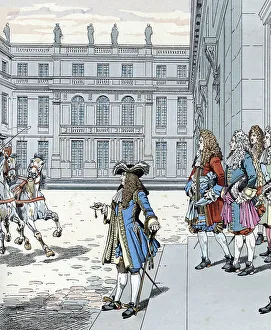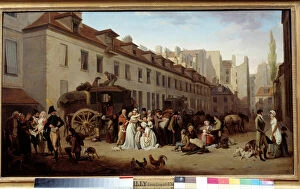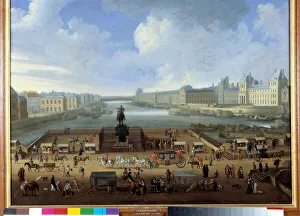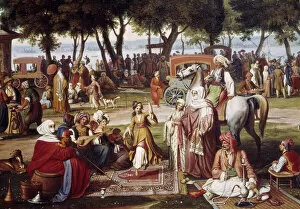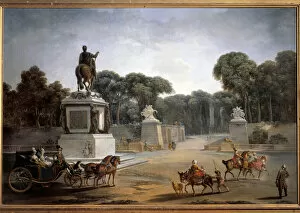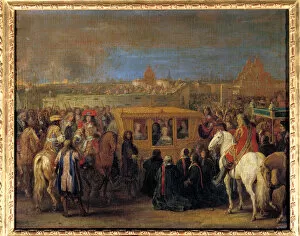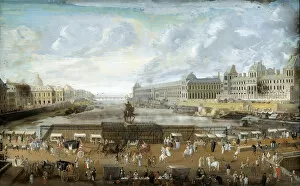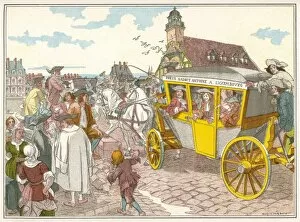Carrosse Collection
"The Last Carriage: A Journey through Time" Step into the world of carrosses, the elegant carriages that once graced the streets of Europe
All Professionally Made to Order for Quick Shipping
"The Last Carriage: A Journey through Time" Step into the world of carrosses, the elegant carriages that once graced the streets of Europe. From the C17 carriage favored by Louis XIV to its depiction in historical illustrations, these vehicles hold a captivating history. In 1700, Louis XIV famously remarked, "I almost waited, " as he impatiently awaited his carriage. This anecdote reflects both the importance and grandeur associated with these luxurious modes of transportation. One such illustration depicts the assassination of Henri IV by Ravaillac in Octave Uzanne's book "La locomotion dans travers les ages. " The vivid imagery transports us back to this tragic event that shook France during the 19th century. Parisian mores come alive through caricatures like Pigal's portrayal of fiacres - horse-drawn cabs popular in 19th-century Paris. These whimsical drawings offer a glimpse into everyday life and transport us to bustling city streets filled with these iconic vehicles. Traveling beyond Paris, we find ourselves in Madrid's Cebadax Square captured beautifully by Manuel de la Cruz in an 18th-century painting displayed at Sorolla Museum. The scene showcases a lively atmosphere where carriages play a vital role in daily routines. Brides leaving town halls were often greeted by fiacres during the early 19th century. These romantic images evoke nostalgia for a time when love and tradition intertwined seamlessly on picturesque streets. The Rue de Rivoli lithography watercolor illustrates another facet of carriage culture in Paris. Created by E. de la Tramblais for "Album, souvenirs de Paris, " it captures the essence of this iconic street and its connection to carriages throughout history. Grands Boulevards also take center stage as Fausto Giusto paints their vibrant energy onto canvas during the 20th century. Here, carriages blend harmoniously with modernity, showcasing the enduring allure of these vehicles.




